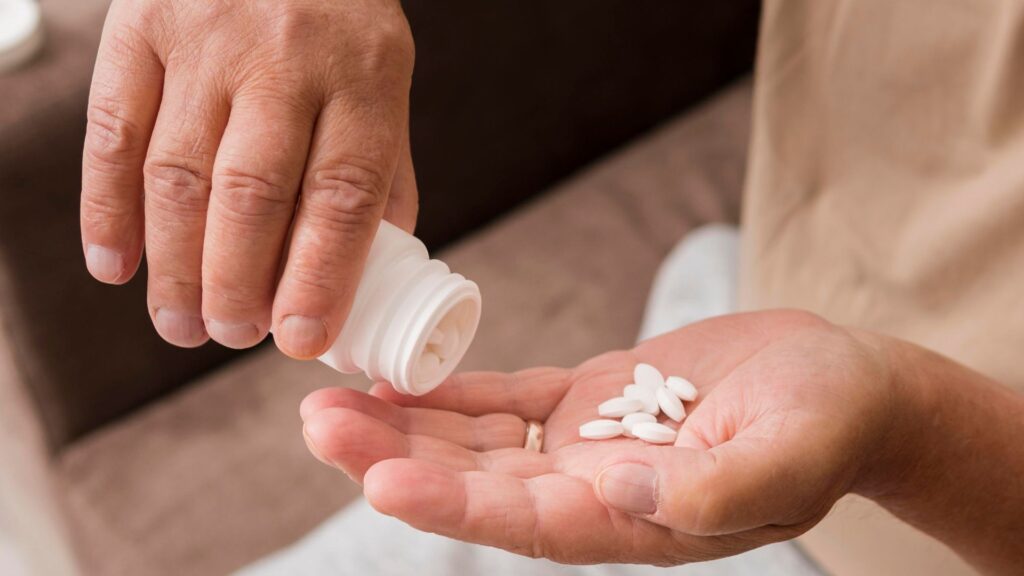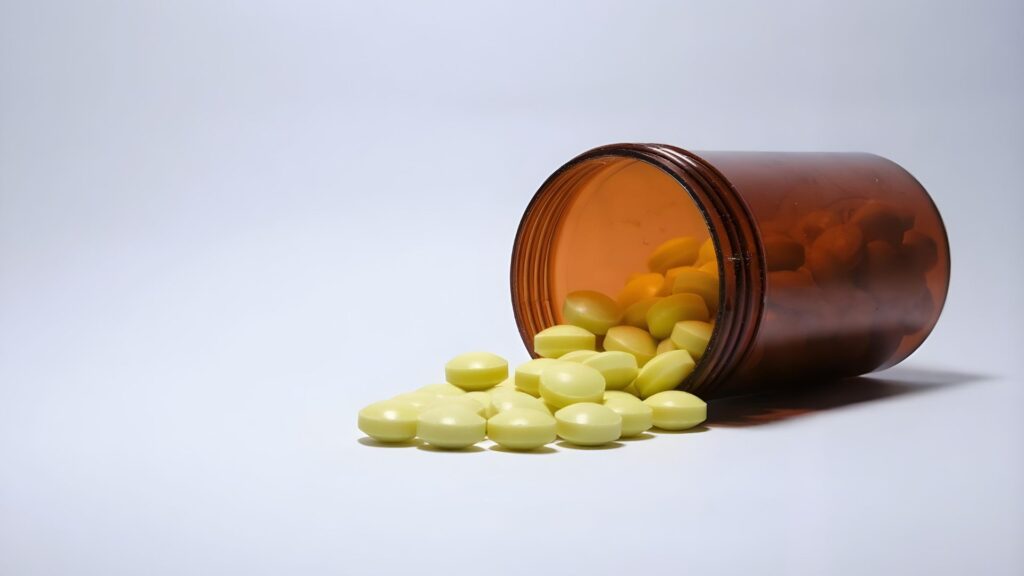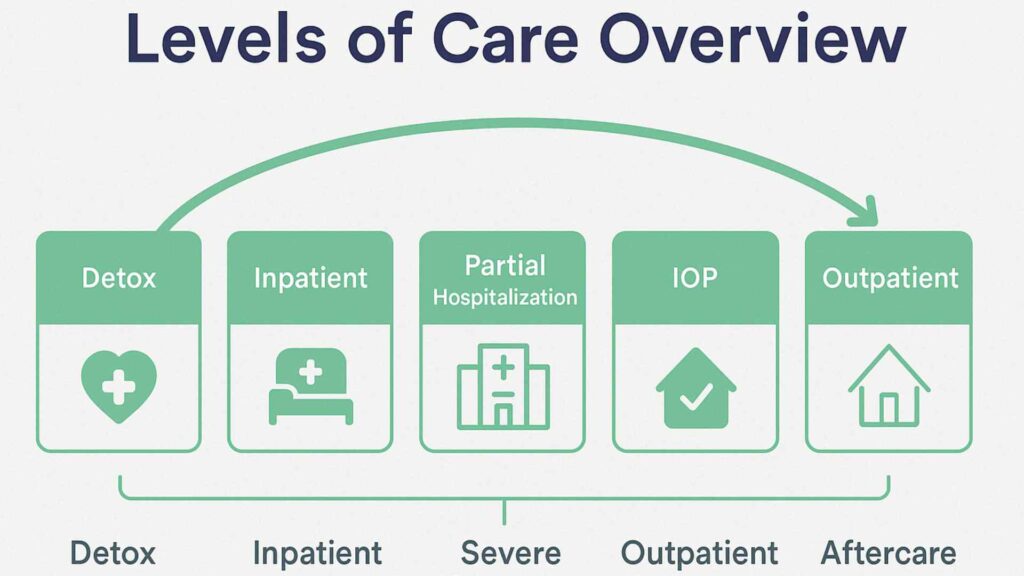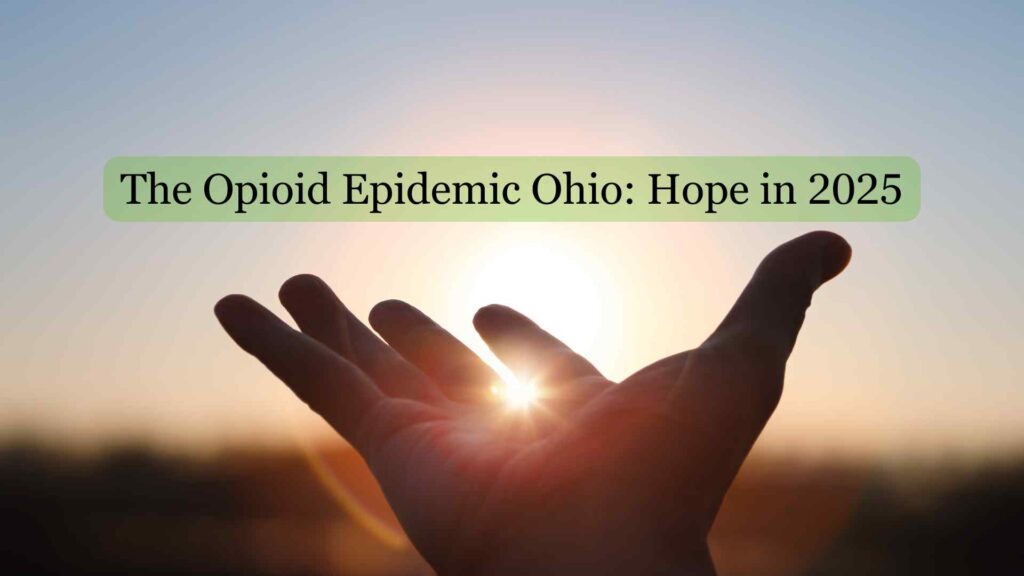Addiction doesn’t just affect the body—it rewires the brain, hijacks motivation, and erodes self-control. Some substances are far more difficult to quit than others, not just because of how they make you feel, but because of the intense withdrawal symptoms, cravings, and long-term psychological effects they leave behind.
In this article, we rank the most difficult drugs to quit—and explain why some addictions are more stubborn and dangerous than others.
Criteria for Ranking the Hardest Drugs to Quit
When determining which drugs are the hardest to quit, you have to consider how strongly they hook both the body and mind. The ranking of the hardest drugs to stop is based on several key criteria:
- Addictiveness: How quickly and intensely the drug creates dependence.
- Withdrawal symptoms: The severity and duration of physical and psychological withdrawal effects.
- Craving intensity: The strength of urges to use the drug again.
- Health risks: Potential for overdose and long-term damage.
- Treatment complexity: The need for medical detox and specialized therapies.
Drugs that cause intense dopamine surges or affect critical brain functions tend to be more addictive and more challenging to quit. Withdrawal can be life-threatening for some substances, requiring medical supervision.
If you are dealing with addiction or withdrawal symptoms, you can receive professional help at the Intensive Outpatient Program (IOP) in Toledo, we provide at Abundance Treatment. Unlike inpatient treatment, our program provides you with a balance of structure and freedom so you can manage recovery alongside everyday life.
Heroin and Prescription Opioids
Heroin is often considered the most addictive drug on earth. It produces intense euphoria by rapidly hitting opioid receptors in the brain, leading to powerful cravings. Prescription opioids like OxyContin, Vicodin, methadone, fentanyl, and morphine share similar effects and risks.
Withdrawal from opioids typically begins within 12 hours after the last dose and peaks within a couple of days. Symptoms include severe agitation, muscle and bone pain, gastrointestinal distress, anxiety, and insomnia.
Because of the intensity of withdrawal and risk of relapse, quitting heroin or opioids without medical detox is dangerous. Medications like methadone and buprenorphine can ease withdrawal and cravings by acting on the same opioid receptors, facilitating a safer tapering process. Using this illegal drug also carries risks of infectious diseases from needle sharing and overdose.
Benzodiazepines
Benzodiazepines—like Xanax, Valium, and Ativan—are prescribed for anxiety and sleep disorders but are highly addictive. Even when you take these medications exactly as prescribed, dependence can develop rapidly because of their potent effects on your nervous system. These drugs enhance neurotransmitter activity in your brain, producing relaxation similar to alcohol.
Withdrawal from benzodiazepines is not simply uncomfortable. It can produce severe symptoms such as seizures, panic attacks, and overwhelming anxiety.
Long-term use raises your tolerance, so you might find yourself needing higher doses, which only extends the cycle of dependency. Abruptly stopping benzodiazepines is risky and can be life-threatening, which is why tapering under medical supervision is essential.
Methamphetamine and Crystal Meth
Methamphetamine is a powerful stimulant that causes a rapid release of dopamine, leading to intense euphoria and hyperactivity. When you use methamphetamine or crystal meth, your brain gets flooded with dopamine, which creates an overwhelming sense of euphoria and a fierce psychological dependence.
Over time, these drugs damage your brain’s dopamine receptors, leaving you unable to feel pleasure naturally. The psychological grip of methamphetamine makes quitting challenging, often requiring long-term behavioral therapy and support.
Withdrawal symptoms include fatigue, depression, agitation, and intense cravings that can persist for months.
Cocaine and Crack Cocaine
Cocaine—and its smokable counterpart, crack cocaine—sets a different kind of trap. When you use these substances, your brain gets flooded with dopamine, creating a euphoric high that feels nearly irresistible.
Crack cocaine acts even faster, giving you an overwhelming rush that lasts just a few minutes but soon leaves you craving more—the short-lived but intense high leads to repeated use and strong psychological dependence. Over time, your brain rewires its reward system, ramping up your need for the drug and building tolerance quickly.
Withdrawal involves anxiety, restlessness, insomnia, and severe cravings that can last for months or years. The drug’s impact on dopamine regulation makes relapse common without comprehensive treatment.
Nicotine
Nicotine, found in tobacco products, is one of the most widely used addictive substances. When you use it, nicotine rapidly stimulates dopamine and serotonin release in your brain, making you feel good and craving more. These effects quickly hook you into a cycle that’s hard to break.
Most people experience constant daily urges and sudden spikes when exposed to familiar cues. Withdrawal symptoms include irritability, anxiety, difficulty concentrating, and intense cravings.
What makes quitting even harder is how deeply nicotine weaves itself into your routines—morning coffee, breaks at work, and social situations. This habitual aspect reinforces your addiction and makes abstinence challenging.
Fentanyl
When you use fentanyl, you are dealing with a substance that is 50 to 100 times stronger than morphine, so that dependence can develop almost immediately. Even tiny doses can trigger powerful addiction and expose you to a high risk of overdose.
Fentanyl quickly hijacks your brain’s reward system, creating intense cravings and harsh withdrawal symptoms that are tough to handle alone. The process of detoxification is hazardous because the potency of fentanyl means that unsupervised withdrawal can be life-threatening.
Like other opioids, fentanyl produces intense physical dependence and severe withdrawal symptoms, including muscle pain, nausea, and anxiety. Its high potency increases overdose risk, making medical detox and professional treatment essential.
Alcohol
Alcohol addiction easily sneaks up on you, partly because drinking is normalized in many social settings. Withdrawal symptoms may include insomnia, headaches, anxiety, nausea, tremors, irregular heartbeat, and elevated blood pressure. Severe withdrawal can cause life-threatening delirium tremens. It is not only the physical side that makes alcohol so tricky to escape.
Long-term use hijacks your brain’s reward, mood, and impulse control centers, creating deep, persistent cravings that last well beyond your last drink. Social pressures and familiar environments constantly tempt relapse, making it challenging to break free without strong, ongoing support.
Medical detox is recommended for alcohol withdrawal to manage symptoms safely. Benzodiazepines such as Valium and Ativan are often used during detox to mimic alcohol’s effects and prevent complications. Nutritional support and medications like naltrexone or disulfiram may assist in maintaining sobriety after detox.
Aside from detox, you can also overcome alcohol abuse with proper therapy for addiction treatment. Compared to inpatient programs, IOPs are more affordable since they do not require residential stays, reducing financial burdens. As a plus, these treatment plans serve as a critical step down from inpatient care, providing transitional support that helps prevent relapse during vulnerable periods.

Treatment and Recovery Support
Because of the complexity and dangers of withdrawal from these substances, professional treatment is often necessary. Effective recovery programs combine:
- Medical detox: To safely manage withdrawal symptoms.
- Medication-Assisted Treatment (MAT): Using drugs like methadone, buprenorphine, or naltrexone to reduce cravings and prevent relapse.
- Behavioral therapies: Cognitive-behavioral therapy, contingency management, and counseling to address psychological dependence.
- Support groups: Peer support to maintain long-term sobriety.
- Comprehensive care: Addressing co-occurring mental health disorders and social factors.
Recovery is a gradual process that requires individualized care and ongoing support to rebuild brain function and healthy habits.
Final Thoughts from Abundance Treatment
Quitting drugs like heroin, meth, or cocaine isn’t just about willpower—it’s a battle against powerful physical dependence and relentless cravings. At Abundance Treatment, we offer compassionate and effective outpatient programs designed to support lasting recovery without disrupting daily life. Our flexible approach allows adults and adolescents to receive personalized care and practical tools while maintaining family, work, and community connections.





































